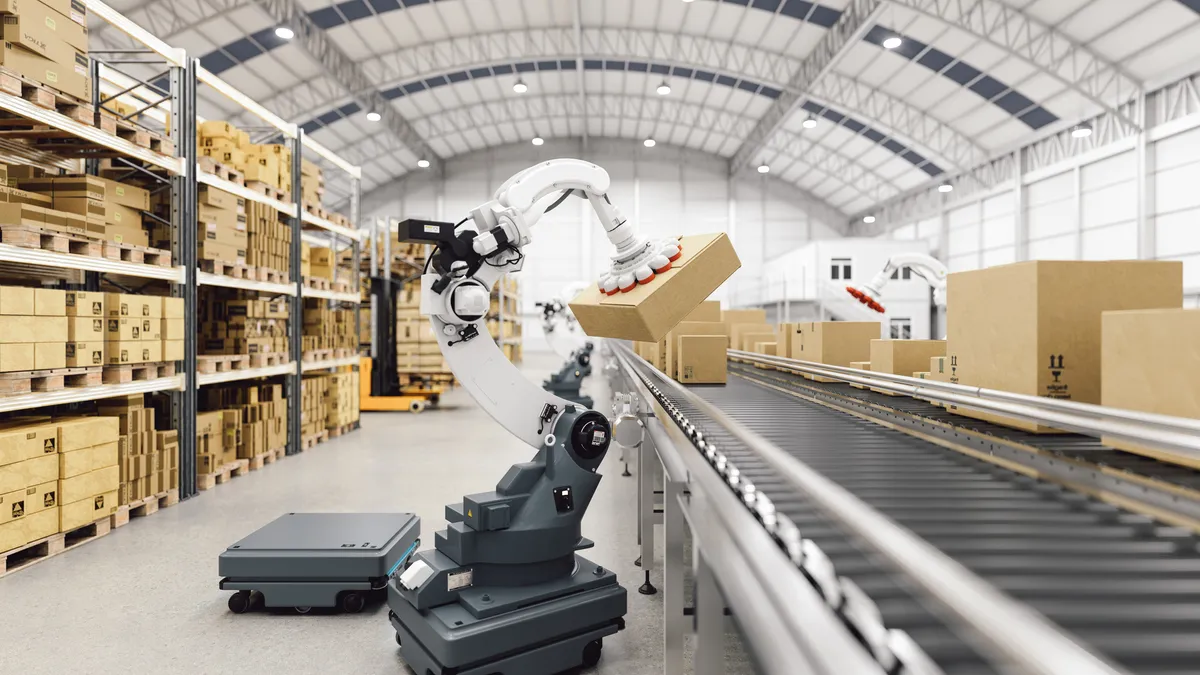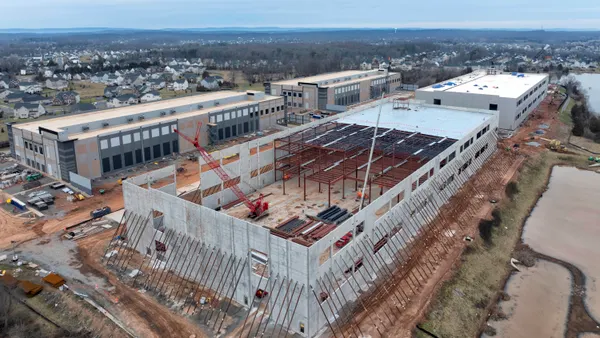Robotics in the workplace — especially autonomous mobile robots, or AMRs — may be able to reduce injuries and improve safety across a variety of industries, according to a May 25 report from the National Safety Council.
Overall, U.S. workplace fatality rates haven’t changed much in the past three decades, despite efforts to reduce injury and death. However, newer technologies may be able to help.
“Robotics have long been deployed by organizations to improve operational efficiencies, but as companies increasingly look towards a more automated future, the many benefits this technology brings to workplace safety programs cannot be overlooked,” Katherine Mendoza, senior director of workplace programs with the National Safety Council, said in a statement.
“Recent advancements in data science and artificial intelligence mean that robotic vehicles and arms aren’t just capable of augmenting complex, precise tasks alongside human workers, but in many instances, can eliminate employees’ exposure to dangerous machinery and workplace hazards altogether,” she said.
Based on information from academic journals, vendor interviews, and company case studies, the report outlines the various types of robots, their benefits and drawbacks, and best practices for implementation. This type of technology may be most effective for manufacturing applications and repetitive, high-volume production, according to the report, as well as several other settings:
- Inspection of confined spaces and industrial facilities: Construction, mining, and logging industries could use wheeled AMRs to reduce on-site hazards for human workers.
- Transportation of parts, goods and materials: AMRs and automated guided vehicles can reduce the risk of human-machine collisions when used with sensors and computer vision.
- Use of robotic arms: Certain robot configurations can be used for precision cutting and welding, as well as handling of toxic, high-temperature and explosive materials.
- Manual machine handling: Robotic arms and automated vehicles can tend to machines, reposition parts, and manage manual processes.
Some barriers may exist, particularly for smaller operations, such as cost and ongoing maintenance. Technologies also need to be tailored to the work environment to meet unique safety needs and deliver a return on investment, according to the report.
Despite ongoing concerns about automation in the workplace, robotics focused on safety could lead to the creation of new jobs in other areas, particularly in engineering, maintenance and programming, the report found. Taking a proactive approach can help address the consequences of automation, including programs that highlight training and upskilling for displaced workers.
When it comes to automation, people may overestimate the capabilities of robots and underestimate their own skills, sources told HR Dive. In most cases, automated vehicles contribute to tasks or eliminate some human-machine interactions but don’t replace jobs entirely.
At the same time, employee needs should be considered when determining automation and AI use at work, according to a recent report. Large-scale technology changes require buy-in and input to better imagine how work should be accomplished.















